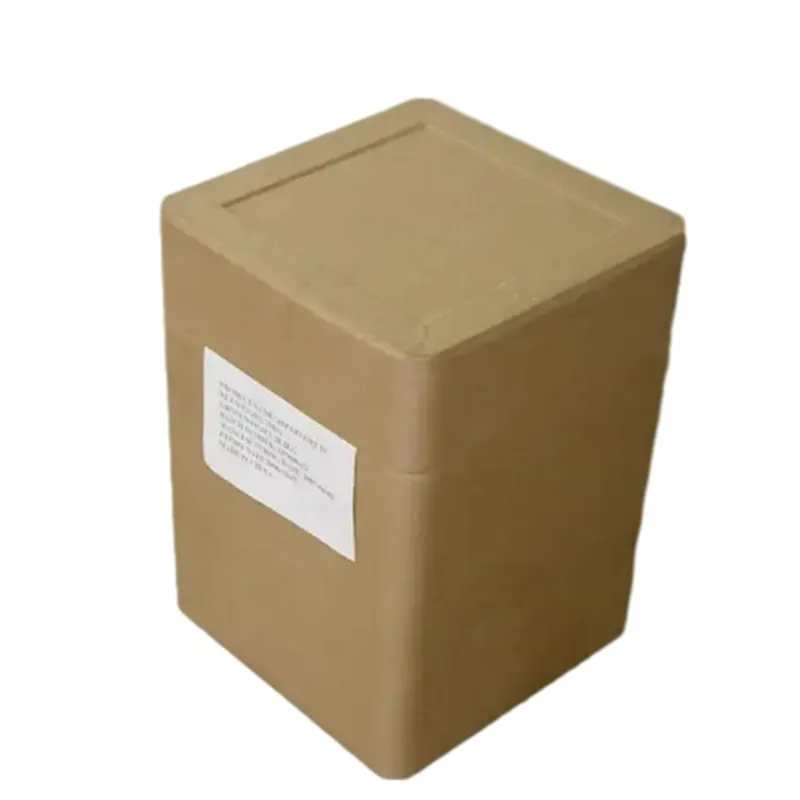
The Impact of Various Preservatives on Bread Freshness and Shelf Life in Baking Industry
The Role of Preservatives in Bread Ensuring Freshness and Safety
Bread is one of the most consumed staple foods worldwide, cherished for its versatility and rich history. However, its freshness can be fleeting, leading to the need for preservatives, which play a critical role in prolonging shelf life while ensuring safety and quality. This article explores the types of preservatives used in bread, their functions, and their implications for consumers.
Understanding Preservatives
Preservatives are substances added to food to prevent spoilage and extend shelf life by protecting against microbial growth, oxidation, and other deteriorative processes. In the bread-making industry, these chemical and natural additives help maintain the bread's texture, flavor, and safety for consumers.
Common Preservatives in Bread
1. Calcium Propionate One of the most widely used preservatives in bread, calcium propionate inhibits the growth of mold and certain bacteria. It is particularly effective in white and whole grain bread, ensuring that loaves remain fresh longer and reducing waste.
2. Sorbic Acid This organic compound works effectively against molds and yeasts. When added to bread, sorbic acid helps to prevent spoilage, allowing for a longer shelf life without compromising the quality of the product.
3. Potassium Sorbate Similar to sorbic acid, potassium sorbate is used in various baked goods to inhibit yeast and mold growth. Its impact on bread crust and crumb quality is minimal, making it a popular choice among bakers.
4. Ascorbic Acid While primarily known as a vitamin, ascorbic acid also functions as a bread improver and antioxidant. It strengthens the dough and enhances its ability to rise, making the bread fluffier and more appealing.
5. Natural Preservatives With increasing consumer demand for clean labels, many bakers are turning to natural preservatives. Substances like vinegar, essential oils (such as rosemary oil), and honey have demonstrated antimicrobial properties. These options not only extend shelf life but also align with the preferences of health-conscious consumers.
preservative used in bread

The Benefits of Using Preservatives
The incorporation of preservatives in bread offers several benefits
- Extended Shelf Life By inhibiting microbial growth, preservatives allow bread to remain fresh for a more extended period. This is particularly beneficial in commercial baking, where products need to reach consumers far from the production site.
- Food Safety Preservatives help reduce the risk of foodborne illnesses caused by mold or bacterial contamination, providing an added layer of safety for consumers.
- Reduced Waste By prolonging freshness, preservatives contribute to less food waste in both households and retail environments, supporting sustainability.
Consumer Perception and the Future
Despite the advantages, the use of preservatives in bread has raised concerns among consumers who prefer fresh, natural ingredients. Many individuals perceive preservatives negatively, associating them with artificiality and health risks. This growing skepticism has prompted bakers to reformulate products, focusing on transparency and the use of natural alternatives.
In response to consumer preferences, the market has seen a rise in artisanal and whole grain bread devoid of synthetic preservatives. Such bread often emphasizes short ingredient lists, reinforcing a trend towards healthier options.
Conclusion
Preservatives in bread are indispensable for maintaining quality, safety, and convenience in our fast-paced world. While they serve essential functions in prolonging shelf life and preventing spoilage, the food industry must continue to balance this with consumer expectations for natural ingredients. As the landscape shifts toward healthier eating habits, understanding the role of preservatives will be crucial for both producers and consumers, ensuring that bread remains a beloved staple in our diets for years to come.
-
nitrile-rubber-honoring-strict-production-standardsNewsAug.22,2025
-
aspartame-ingredients-honoring-food-safety-valuesNewsAug.22,2025
-
fertilizer-for-balanced-plant-nutritionNewsAug.22,2025
-
cyanide-gold-processing-with-high-purity-additivesNewsAug.22,2025
-
formic-acid-in-textile-dyeing-applicationsNewsAug.22,2025
-
aluminum-hydroxide-gel-in-skincare-productsNewsAug.22,2025
-
Regulatory Compliance for Global Mining Chemicals UseNewsAug.12,2025
Hebei Tenger Chemical Technology Co., Ltd. focuses on the chemical industry and is committed to the export service of chemical raw materials.
-

view more DiethanolisopropanolamineIn the ever-growing field of chemical solutions, diethanolisopropanolamine (DEIPA) stands out as a versatile and important compound. Due to its unique chemical structure and properties, DEIPA is of interest to various industries including construction, personal care, and agriculture. -

view more TriisopropanolamineTriisopropanolamine (TIPA) alkanol amine substance, is a kind of alcohol amine compound with amino and alcohol hydroxyl, and because of its molecules contains both amino and hydroxyl. -

view more Tetramethyl Thiuram DisulfideTetramethyl thiuram disulfide, also known as TMTD, is a white to light-yellow powder with a distinct sulfur-like odor. It is soluble in organic solvents such as benzene, acetone, and ethyl acetate, making it highly versatile for use in different formulations. TMTD is known for its excellent vulcanization acceleration properties, which makes it a key ingredient in the production of rubber products. Additionally, it acts as an effective fungicide and bactericide, making it valuable in agricultural applications. Its high purity and stability ensure consistent performance, making it a preferred choice for manufacturers across various industries.





